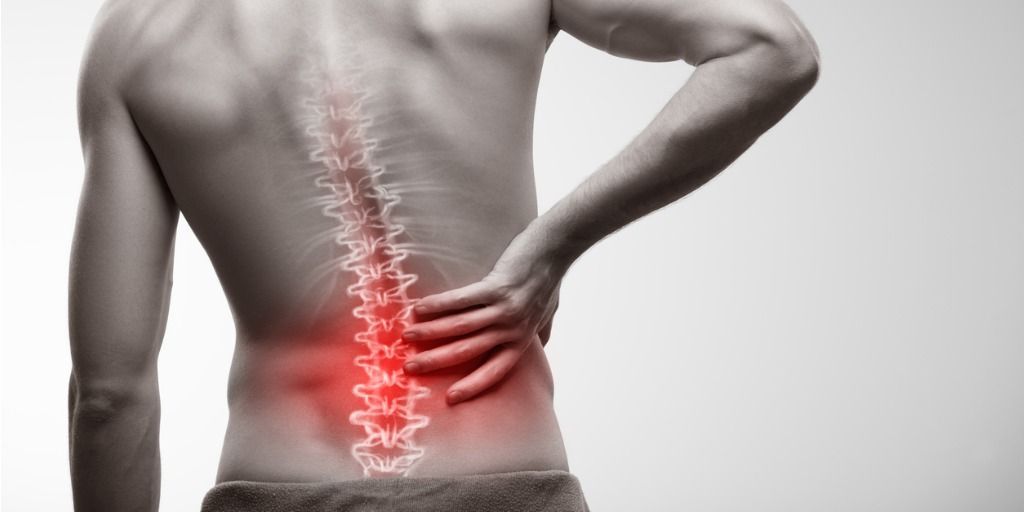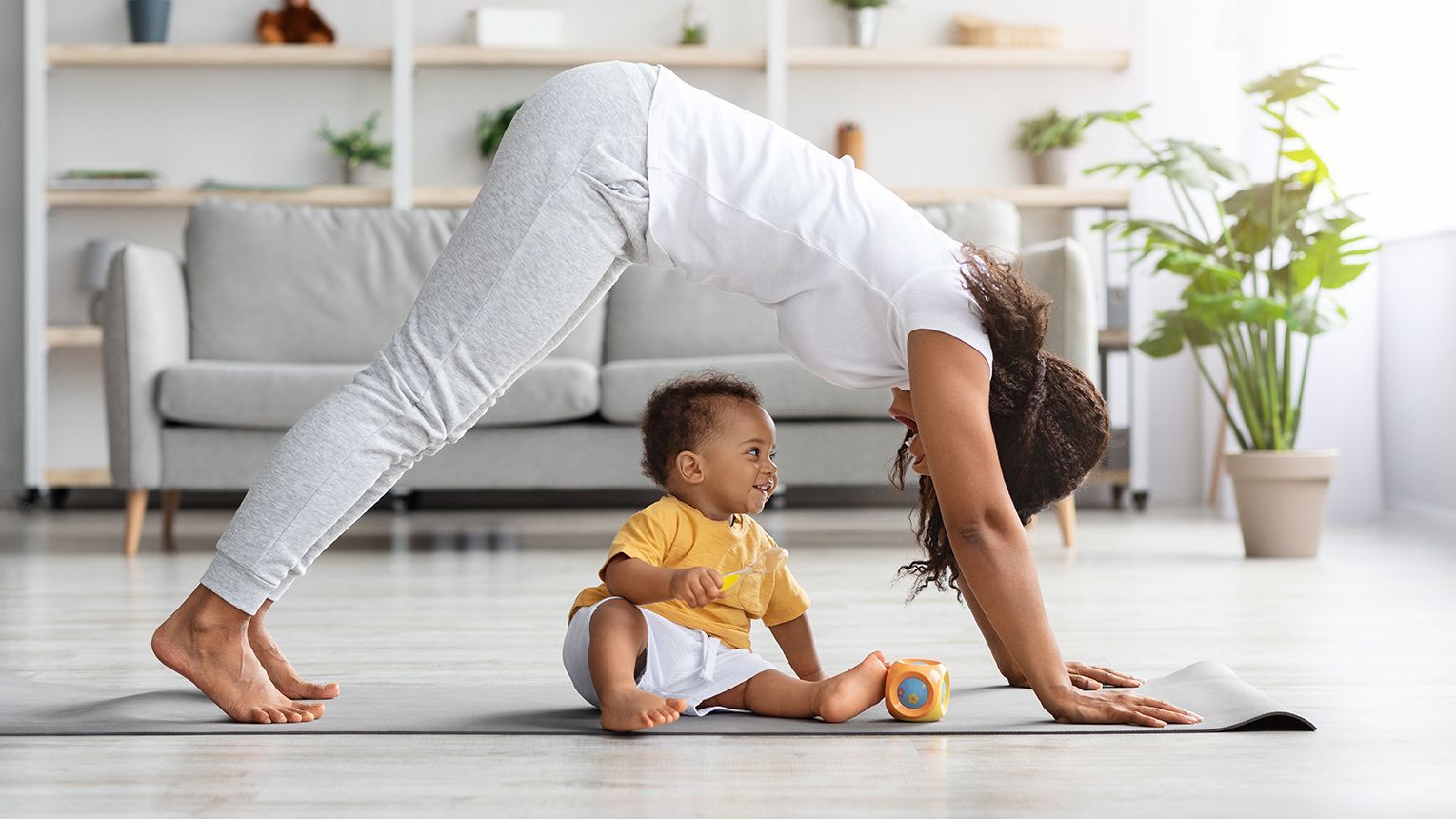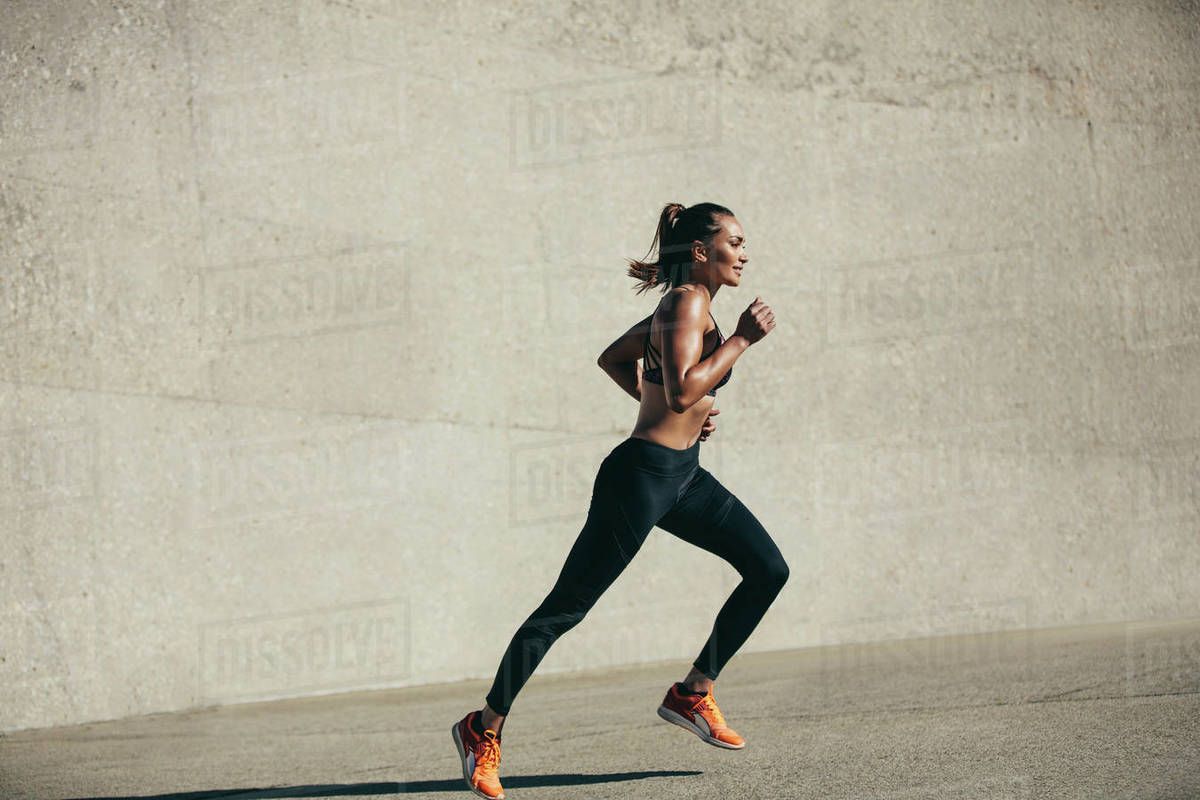Meet 50% of our new starters in QLD
Meet Rowan 50% of our new QLD AB squad.
Hello everybody, I’m Rowan, Accredited Exercise Physiologist at Absolute Balance. I studied in sunny Townsville at James Cook University, graduating in 2014. Shortly after, I landed a position at a local chiropractic clinic as the sole Exercise Physiologist among chiropractors, physiotherapists, and massage therapists. After a year, I transitioned to Max Employment as a Health Services Officer, covering Townsville, Ingham, Ayr, and Charters Towers. In this role, I helped job seekers secure suitable employment, an unexpected shift from my previous experience but one that ignited my passion for the role of exercise in mental health.
After a few years, I decided to move to Brisbane, where I ventured into the occupational rehabilitation field. However, I soon realized that vocational rehabilitation wasn’t the right fit for me. This realisation led me to focus on pre-employment medical assessments, including functional capacity evaluations, drug testing, and lifting capacity assessments. Fun fact: I encountered every drug in the tests except cocaine—it's puzzling why people would use methamphetamines the weekend before their employment screenings!
Eventually, I traded in corporate attire for shorts and joggers as I embraced a role in the gym environment. I enjoyed working directly with Medicare, DVA, NDIS, and private patients, so much so that I decided to start my own business (2021) with Meagan, the other 50% of the new Queensland team. As we launched our company, I found myself asking, "What the hell do I do now?"
That's when I reached out to ol’ Derek Knox to be our business mentor. My experiences with Derek likely echoed those of many others: he was constantly emphasising my "why" and the "red brain-green brain" concept, all while sharing his extensive industry knowledge, and taking time out of his busy schedule just to hear me say things like, ‘nothings really going on this month’, and ‘red brain is bad right?’.
Now, I find myself back in the WorkCover space—though this time, I'm not involved in vocational work—and I'm thoroughly enjoying it.
If you’ve made it this far, thank you very much for your time, but let’s finish up with 2 truths and a lie, feel free to email me your answers:
- I hid on a plane, causing a lot of problems, when I was 5yrs and travelling alone from Sydney to Hobart.
- I was shipped off to military boarding school in Sydney for 9 years.
- I caused $40,000 worth of damage to a hotel because I left the kitchen sink tap on.
Rowan Dicks
Workers Compensation Specialist (AEP, ESSAM)
Exercise Rehabilitation Services ‑ QLD




